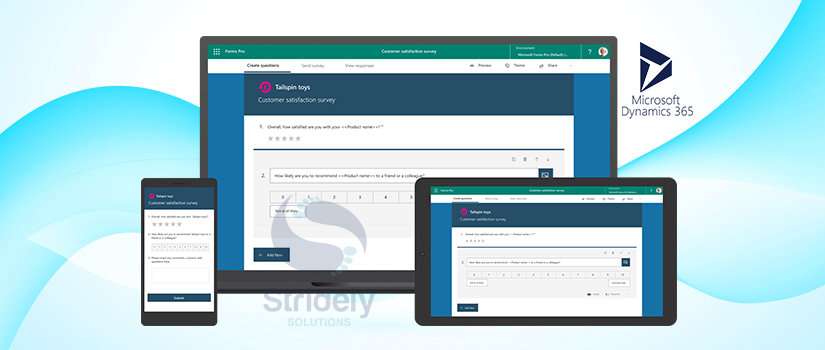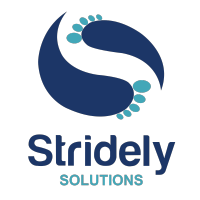KANBAN for Efficient Supply Chain Management – Advantages and Classification

Originated from a Japanese word call billboard, KANBAN is one way to schedule lean manufacturing processes. Right from when an order is placed to the time when delivery is complete, KANBAN takes over the entire system. What this means is that with KANBAN, all of the manufacturing processes would be simple. Not to forget the fact that KANBAN aids just in time inventory management which is helpful in terms of saving costs.
Know Everything about Forms Pro Dynamics 365 for Advanced Surveying

Wondering whether your customers love your product or do they just stalk them? Have you ever considered asking your customers their opinion on your products/services, could be their experience or something they would like to suggest?

